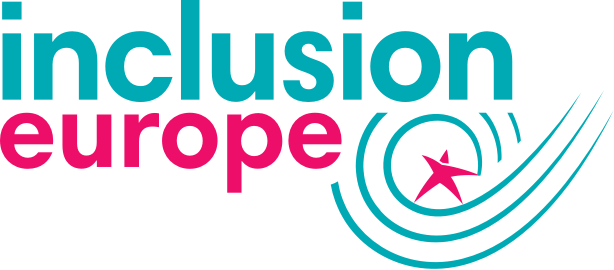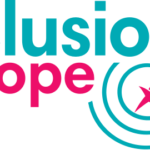This is edited translation of an article by Ina Beyer.
The article is published to commemorate the victims of Holocaust; 27 January is a day of remembering the victims of Holocaust.
This text deals with a sad topic:
During the Nazi era in Germany, people with disabilities were killed.
This was a terrible crime.
Here we explain what happened back then.
Who were the Nazis?
Adolf Hitler was a dictator.
That means: what he wanted had to be done.
That was in Germany in the years from 1933 to 1945.
Hitler was the head of a party.
The party was called the National Socialist German Workers’ Party.
In short: NSDAP
Hitler and his party were also called Nazis.
What did the Nazis do?
Hitler and the Nazis did many bad things.
They started the Second World War.
And fought against many countries.
They murdered a lot of people.
For example:
- sick and disabled people
- Jews
- homosexuals
- people with different skin colours, and
- people who were against the Nazis.
They were taken to different places.
For example, to camps.
There they were killed.
What was “euthanasia”?
Euthanasia is a Greek word.
And it means: “beautiful death”.
The Nazis said:
- Sick and disabled people are a burden.
- Because they need support.
- And many can’t work.
- That’s why sick and disabled people are worthless.
That is wrong.
Nobody is worthless.
The word euthanasia was used by the Nazis to describe the killing of people with disabilities or sick people.
That’s why many people don’t want to say the word euthanasia today.
Instead they prefer to say: Aktion T4.
What is Aktion T4?
Action T4 is an abbreviation.
It stands for Action Tiergartenstraße 4.
Tiergarten-Straße is a street in Berlin.
In house number 4 the Nazis planned the murders of sick and people with disabilities.
The T4 office was here.
Who planned the murders of people with disabilities?
Doctors planned the murders.
Two men planned the murders:
- Karl Brandt, he was Hitler’s doctor.
- Philipp Bouhler, he was an important man in the Nazi party.
In all, 40 doctors worked for the T4 office.
These doctors never saw the people with disabilities, and the sick people.
The doctors only saw the registration forms.
On those forms was information about each person.
The doctors decided based on the forms:
- Who can live, and who should die.
The doctors decided this, based on what they thought:
- Will the person get well again?
- Can the person work again?
When the doctors thought the answer was “no”, they decided to kill the person.
How were people with disabilities killed?
The T4 office set up 6 killing centres.
- One was in Austria.
- The other 5 were in Germany.
The killing centres were called “care centres”.
Sick and disabled people were not cared for in these “care centres”.
They were murdered.
First, they were killed with poison injections.
Later, they were killed with gas.
During the Nazi era in Germany, many millions of people were killed in Europe.
Most of those killed were Jews.
Up to 300 thousand sick people and people with disabilities were killed.
How did the families find out about the murders?
The death notice was in a letter.
The families received a letter.
The letters contained lies.
Often it was said:
- The relatives died of a heart attack.
- Or of pneumonia.
Often the location was also wrong.
That’s how the murders were kept secret.
How do we remember the victims?
The offices at Tiergartenstraße 4 in Berlin were destroyed during the war.
Now there is a concert hall there.
There is also a memorial site.
The victims of Aktion T4 are commemorated here.
The memorial has been there since 2014.
There are 2 Remembrance Days:
On 27 January 1945 the Auschwitz extermination camp was liberated.
In Auschwitz many people were killed by the Nazis.
That is why 27 January is a day of remembrance.
4 September is also a day of remembrance.
Aktion T4 began in September.
That is when we remember especially the murdered people with disabilities and mental illnesses.
Original version: Ina Beyer, Die Morde in der Nazi-Zeit, 2014; in German by Lebenshilfe.





